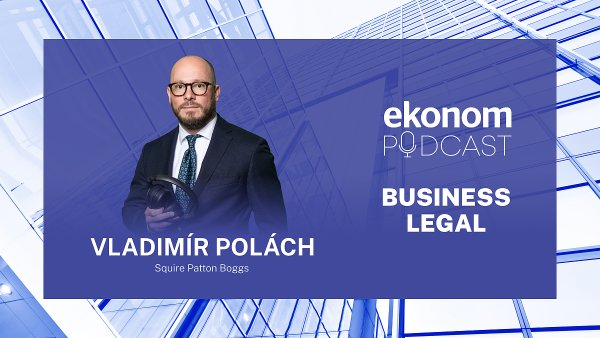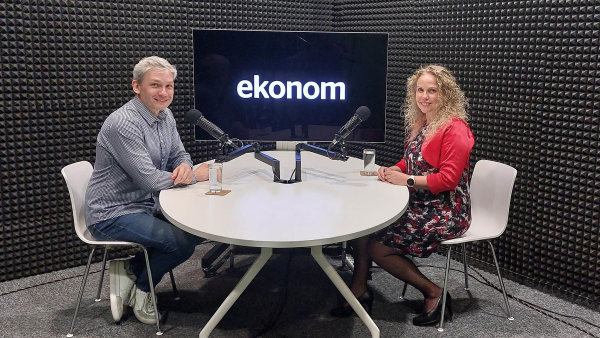Having bought Gillette and focused on big brands, the world's largest consumer-goods company is betting that scale is the way to success.
In the corner of a meeting room next to the bosses' office at the headquarters of Procter & Gamble (P&G), a large sculpture of a woman in a hat watches over proceedings with a serene smile. "She is at the centre of all our decisions," says Richard Antoine, HR head and confidant of Alan Lafley, the company's chief executive.
Founded in 1837 by William Procter, a candlemaker, and James Gamble, who made soap, P&G is the world's biggest consumer-goods company. It sold $76.5 billion-worth of them in the year to June 30th.
Women have long accounted for four-fifths of P&G's customers. Over the years, the way P&G sells to them has changed dramatically. In the 1930s it sponsored radio shows the original soap operas to encourage women (usually housewives) to buy its detergent. Now radio has been surpassed by television and the internet as a means of promotion; and "she" has become ever more independent, demanding and fickle. The variety of products on offer has exploded, not just from makers of branded goods, like P&G, but also from the big supermarket chains that now dominate the retail end of the business and sell their own labels alongside the big brands.
Has the huge Gillette purchase paid off? Mr Lafley admits that he took a big risk. Four out of five mergers don't work out, he says, and big deals fail more often than small ones. But he has a list of five reasons why mergers fail. On all counts he says P&G is now doing fine.
Strategy is first on Mr Lafley's list. Mergers of companies that are either not at all complementary or pursue completely different strategies tend to fail. But both P&G and Gillette are strong companies, and their brands and international coverage match each other well. P&G is good at innovation, understands consumers and knows how to nurture brands. Gillette's strengths are technology and the ability to roll out new products within a few weeks. And of course there is the chance to learn about marketing to the other sex. This year Gillette launched Pure Divine, a body wash for women. P&G is working harder to sell High Endurance, which it claims is America's first body wash for men. New Gillette products for women and new P&G products for men are on the way.
Next comes company culture. Though they had their similarities, these two old American companies also had important differences in style. Management at P&G is consensus-driven whereas Gillette's was hierarchical. To ease unification Mr Lafley set up a special team to work out how to take the best from the two cultures. The chief of P&G North America is a Gillette man. Mr Lafley managed to keep around 95% of Gillette staff who were asked to stay. Still, many top Gillette people chose to go, their decision eased by the large pay-offs specified in their employment contracts should the firm be taken over.
Bosses are third. Gillette and P&G made such an obvious strategic fit that their chiefs had already talked a couple of times in the 1990s. Fourth, mergers often fail to produce the cost savings that companies promise. P&G and Gillette said that their union would yield efficiencies in manufacturing, marketing and distribution of some $1.2 billion annually by the end of the third fiscal year after the merger (ie, June 2008).
Fifth, what about revenues? Clayt Daley, P&G's chief financial officer, admits that a merger can truly be called a success only when the new entity hits its revenue targets too. P&G and Gillette promised about $750m annually by the end of the third year. Mr Daley says the merged company is on track to meet both cost and revenue targets, but is not there yet.
Still lagging its rivals, P&G forecasts that by 2010 emerging economies will account for 30% of the group's sales. Continuing to tune its products to the budgets and aspirations of local shoppers will surely be of the essence. And knowing what consumers want and creating new wants is still one of the things P&G does best. In the past it used this skill mainly for women in Western countries with relatively high incomes. But in future years P&G will target women, rich and poor, everywhere as well as the other half of humanity.
(Adapted from The Economist 2007)
Vocabulary | Reading Comprehension | Practice
budget rozpočet
detergent prostředek (čisticí, prací, mycí)
emerge vynořit se, náhle se objevit
fickle nevypočitatelný, vrtkavý, přelétavý
headquarters ústředí, centrála, velitelství
lag zaostávat, loudat se, vléci se
merger fúze
pay off splacení dluhu, doplatek, odstupné, úplatek, odškodné; vyplatit se
Decide whether the following statements are true or false:
1. P&G's target customers are women between 40 and 50.
2. The merger of P&G and Gillette allows them to meet the needs of both sexes.
3. A Gillette strength is the ability to launch a new product in a short time period.
4. P&G focuses exclusively on women.
5. The merged company has already achieved its revenue targets.
KEY: 1. F, 2. T, 3. T, 4. F, 5. F
Show your understanding of the following expressions from the text by finding their synonyms:
1. focus a) resemblance
2. nurture b) bring
3. roll out c) launch
4. similarity d) objective
5. yield e) take care of
6. target f) concentrate
KEY: 1. f, 2. e, 3. c, 4. a, 5. b, 6. d
Change the words in the capital letters to complete the sentences correctly:
1. Her first book has a useful and ... written introduction to the subject. INTEREST
2. We hope the bad weather won't ... people from coming along. COURAGE
3. There are ... ways of solving the problem. VARY
4. He was a witty and cynical ... of the social scene. OBSERVE
5. The ability to speak ... humans from other animals. DIFFERENCE
KEY: 1. interestingly, 2. discourage, 3. various, 4. observer, 5. differentiates
Eva Housková, Jarmila Kroupová, Douglas Pressman (korektor)
Pozor: Předplatitelům týdeníku Ekonom nabízíme možnost všechna slovíčka z Jazykového brousku zdarma studovat pomocí mobilní aplikace LANGMasterWORDTIGER (www.wordtiger.cz). Přístup ke službě WAP je zpoplatněn podle platných sazeb ceníků mobilních operátorů.
 Aktuální číslo časopisu Ekonom
Aktuální číslo časopisu Ekonom





